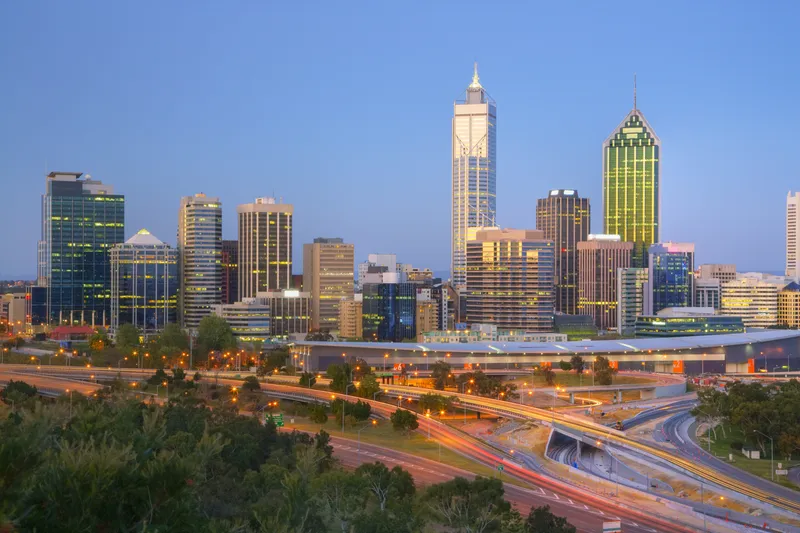
Verizon Business has commercially launched Edge Transportation Exchange, a mobile-network Vehicle to Everything (V2X) communication platform for connected vehicles, with multiple customers already signed on.
Following a successful 5G Automotive Association (5GAA) joint demonstration, the platform is now being used by the Arizona Commerce Authority, Delaware Department of Transportation, Rutgers University Center for Advanced Infrastructure and Transportation (Rutgers CAIT) and Volkswagen Group of America.
Edge Transportation Exchange allows vehicles to communicate and share data with each other, pedestrians and connected roadway infrastructure such as traffic signals, in near-real time. The 5GAA joint demonstration included use cases such as informing drivers about vulnerable road users, dangerous weather and roadway conditions as well as traffic signal phase and timing at intersections.
Edge also serves as an API-driven platform for collaborative innovation between automakers, technology developers and municipal governments. Each can use the mobile-network V2X technology to scale existing connected solutions or innovate new technology for road-user safety and satisfaction.
Development and collaboration is centralised through the Verizon ThingSpace IoT platform.
“Cars are evolving from mechanical vehicles to software-defined mobile devices with the ability to leverage incredible connected technology,” said Shamik Basu, vice president of strategic connectivity and IoT at Verizon Business.
“Edge Transportation Exchange leverages that technology to give automakers, governments and tech developers a robust platform for building out the cellular-connected future of transportation, with visibility and reliability for all road users top of mind.”
The robust integrated solution combines Verizon’s 5G and LTE mobile networks, Verizon 5G Edge mobile edge compute and geolocation technology enhanced with Verizon Hyper Precise Location.
It uses a virtual architecture that reduces the need for costly physical roadside radio units, alleviating financial burdens for DoTs and municipal governments.
The data and communication capabilities from these combined technologies and environments contribute to a feature-rich, mobile network-based V2X ecosystem that users can use for near-term applications and long-term innovation at scale.
Economic development organisation Arizona Commerce Authority was first to sign on as a platform partner for Edge, advancing from trial to production.
It works collaboratively with the University of Arizona, Arizona DoT and Maricopa County DoT, and state and local agencies, to develop new use cases and leverage existing ones - including pedestrian detection and upcoming workzone notifications - to make Arizona roadway users safer and better connected.
Delaware DoT is conducting technical testing across multiple communication technologies and architectures to optimise V2X message delivery.
Primary use cases being studied include red-light warnings, water-on-road warnings and vulnerable road user alerts to drivers. Meanwhile, VW will explore use cases such as pedestrian awareness and payment applications for expedited tolling.
Rutgers CAIT is deploying Edge at the DataCity Smart Mobility Testing Ground, a collaborative programme with Middlesex County and in partnership with New Jersey DoT. The 4km living laboratory is equipped with self-driving-grade sensing, computing and V2X communication technologies to facilitate the testing of connected and automated vehicle and smart city technologies.
Rutgers CAIT is also using the platform to further develop virtualised cellular messaging architectures for cost-effective support of multiple C/AV applications, including intersection safety, congestion mitigation, queue warning, and incident and workzone management.
The university is also researching school zone safety applications, using Edge Transportation Exchange to help deliver near-real-time alerts to pedestrians and incoming vehicles at intersections with heavy school crossings, improving safety for K-12 students, their families and crossing guards.









